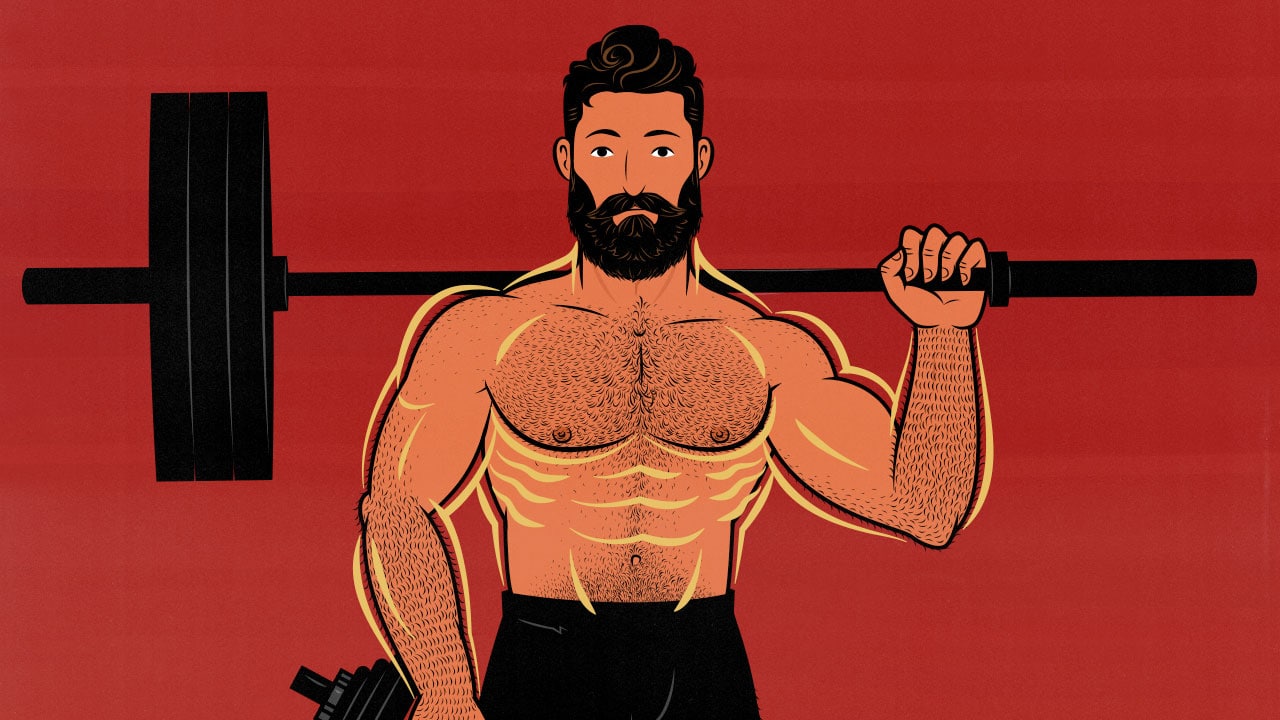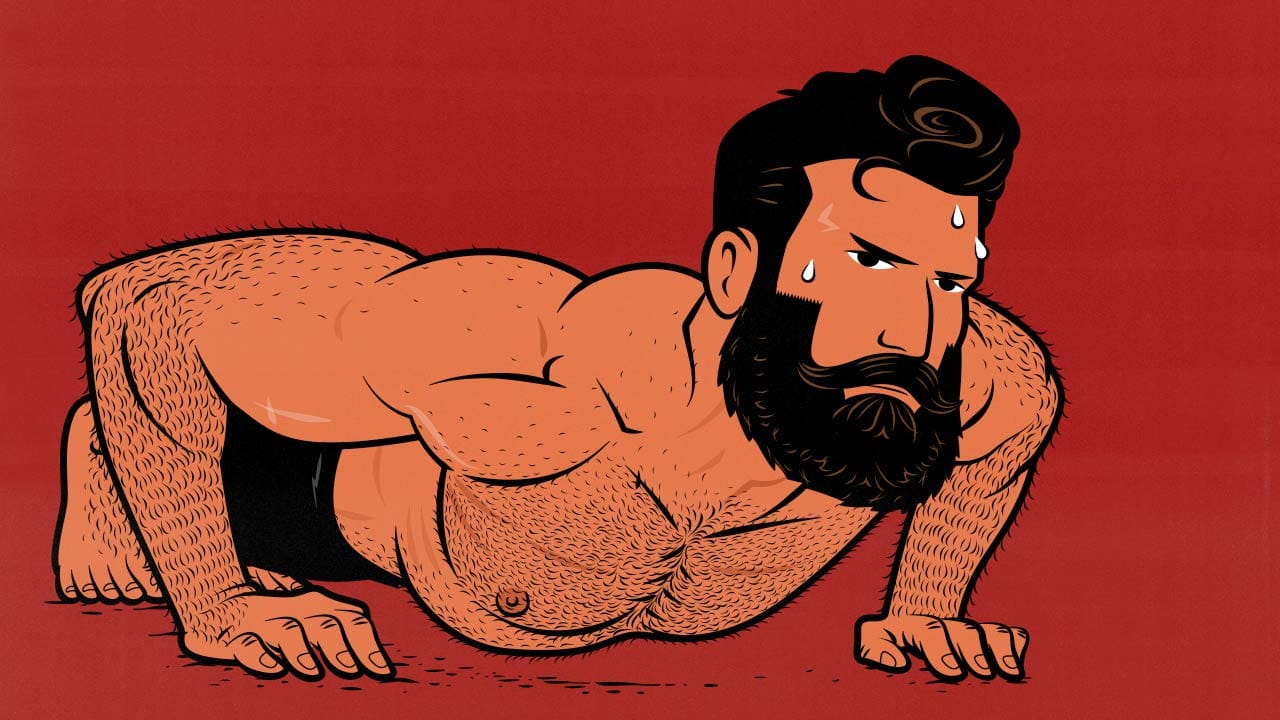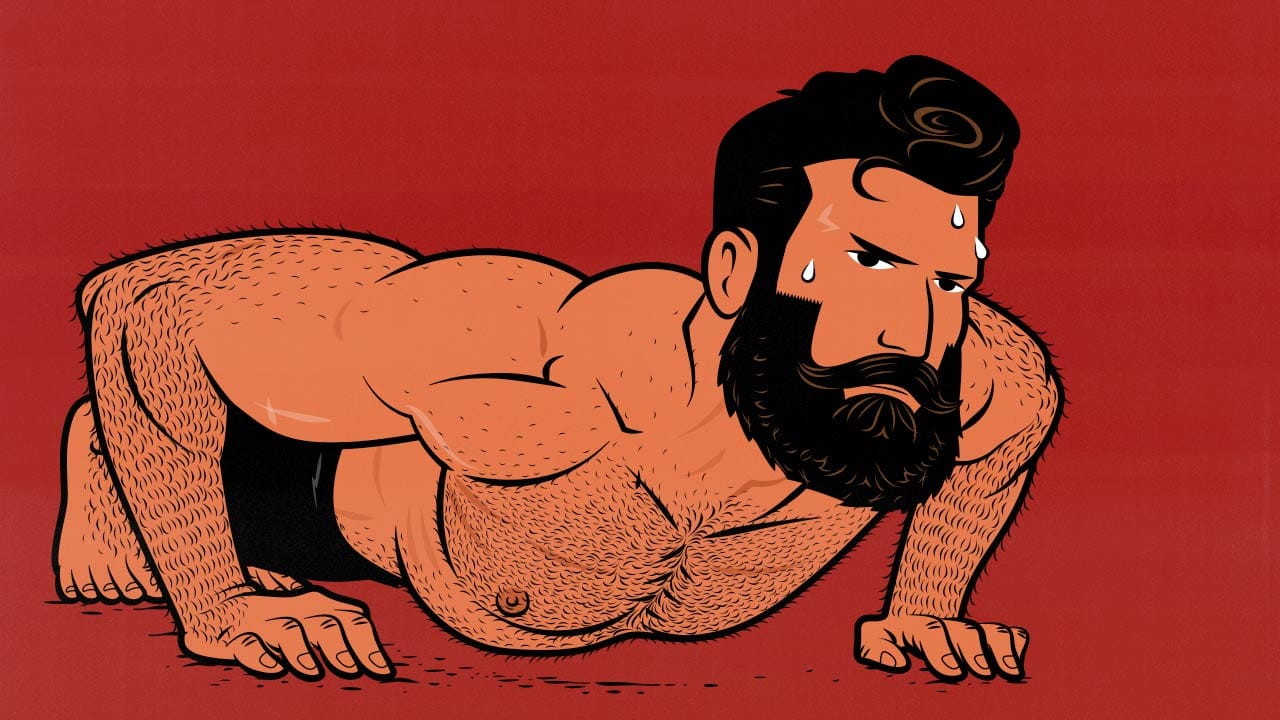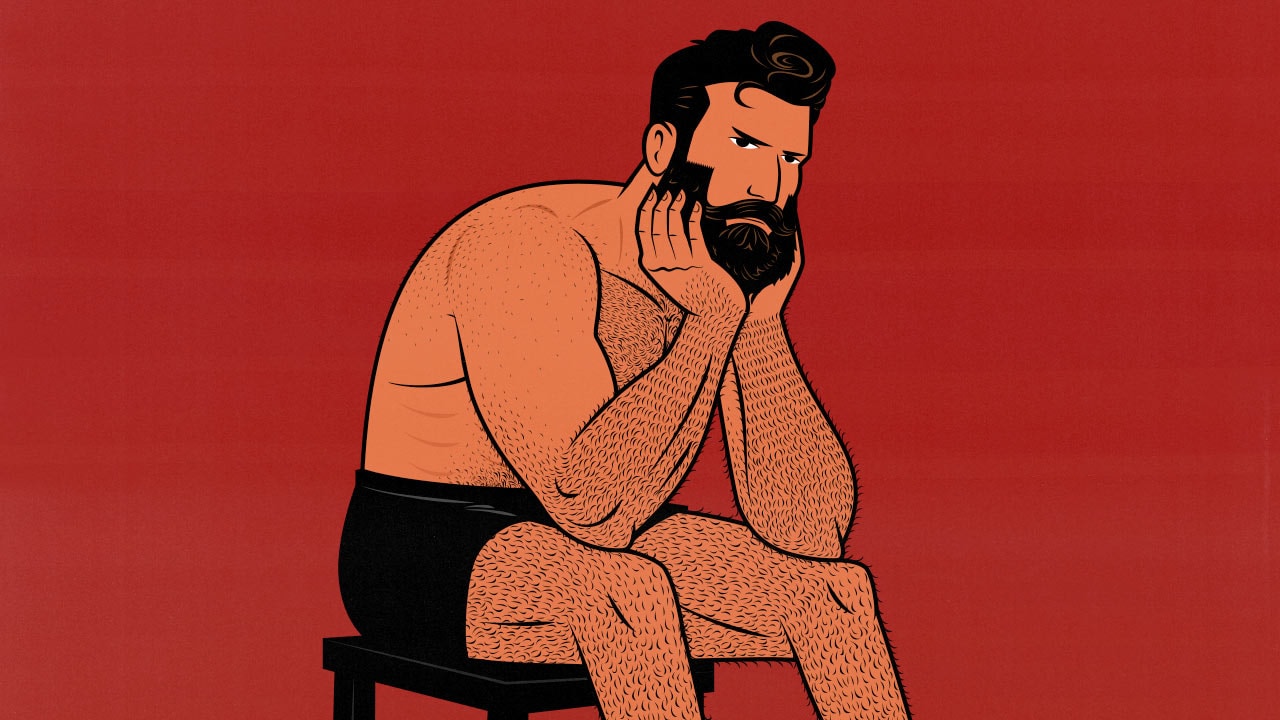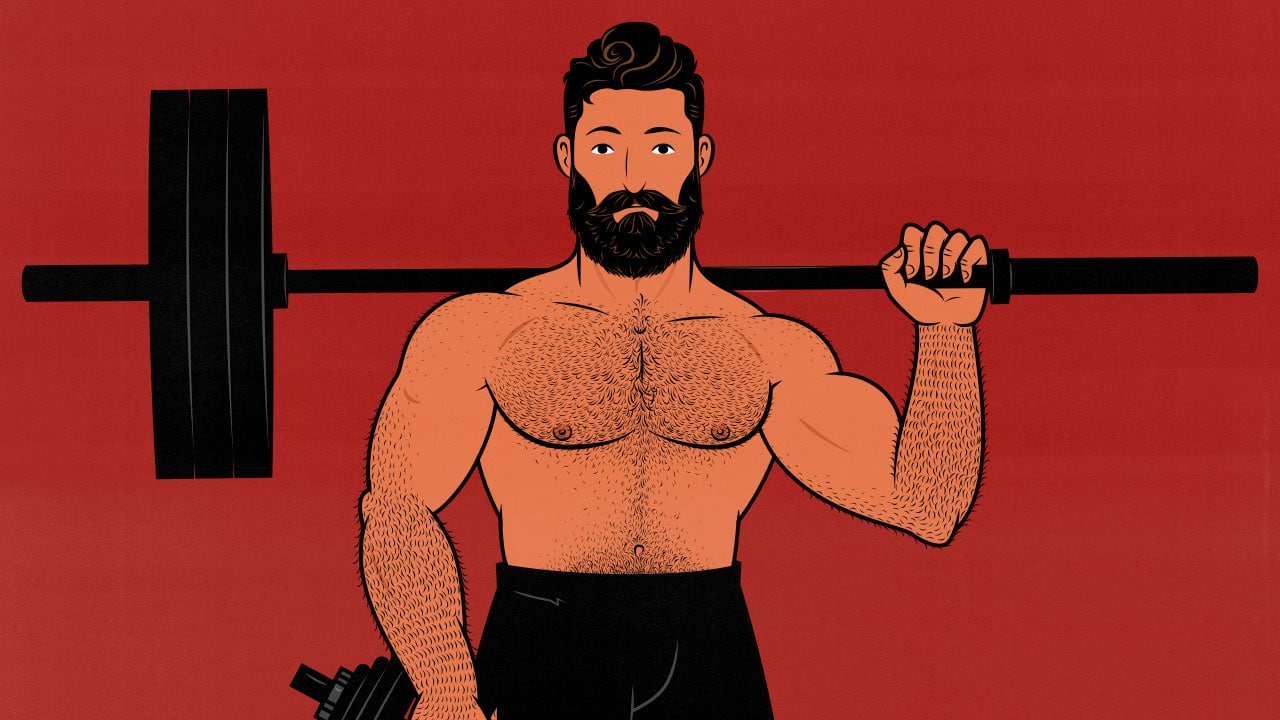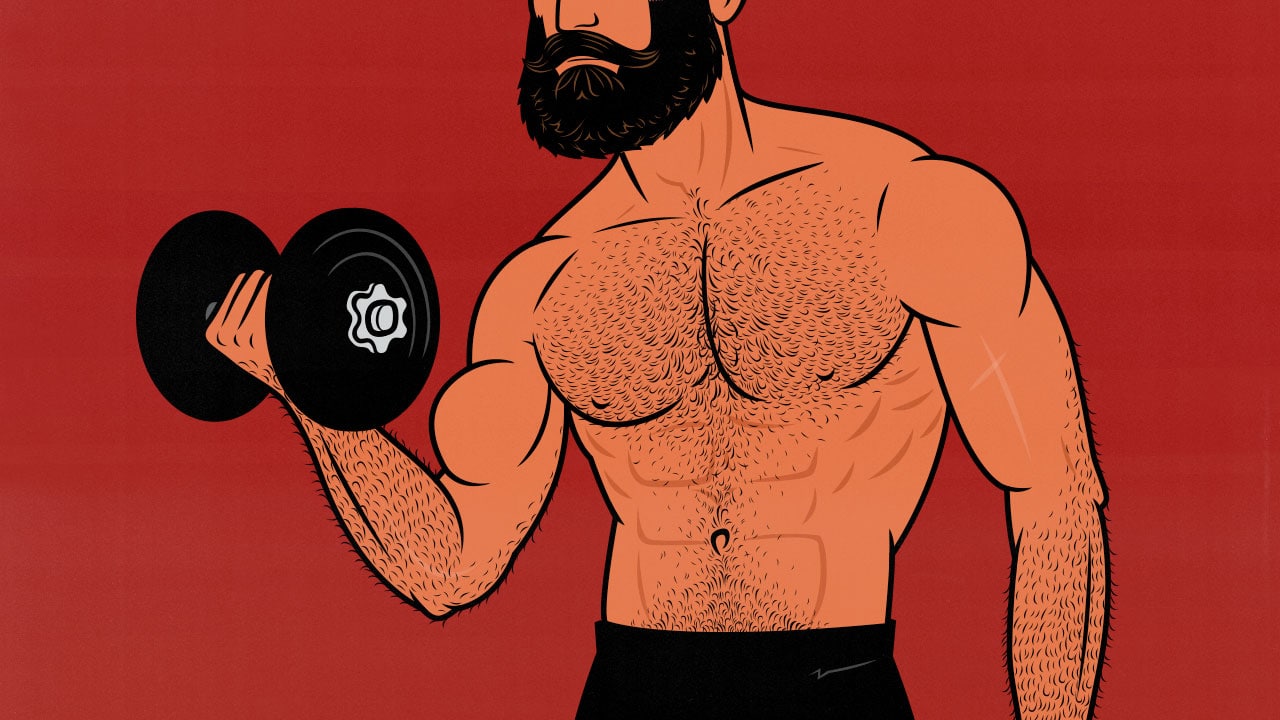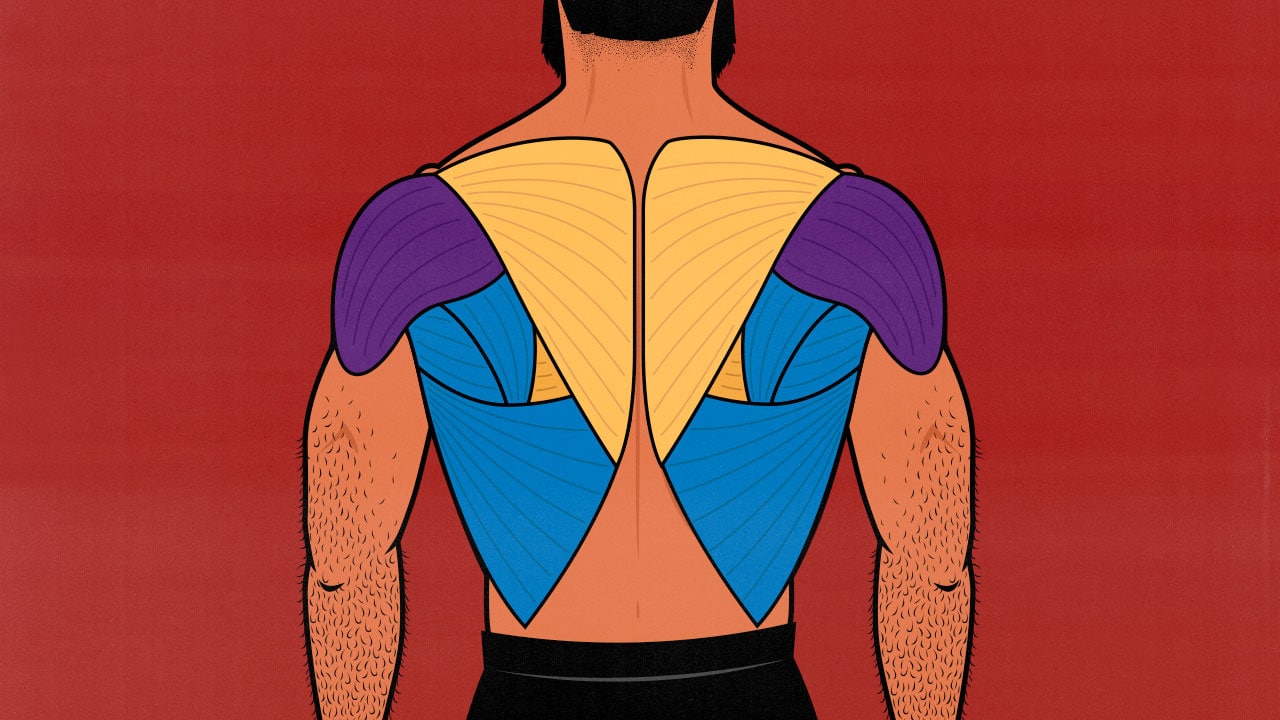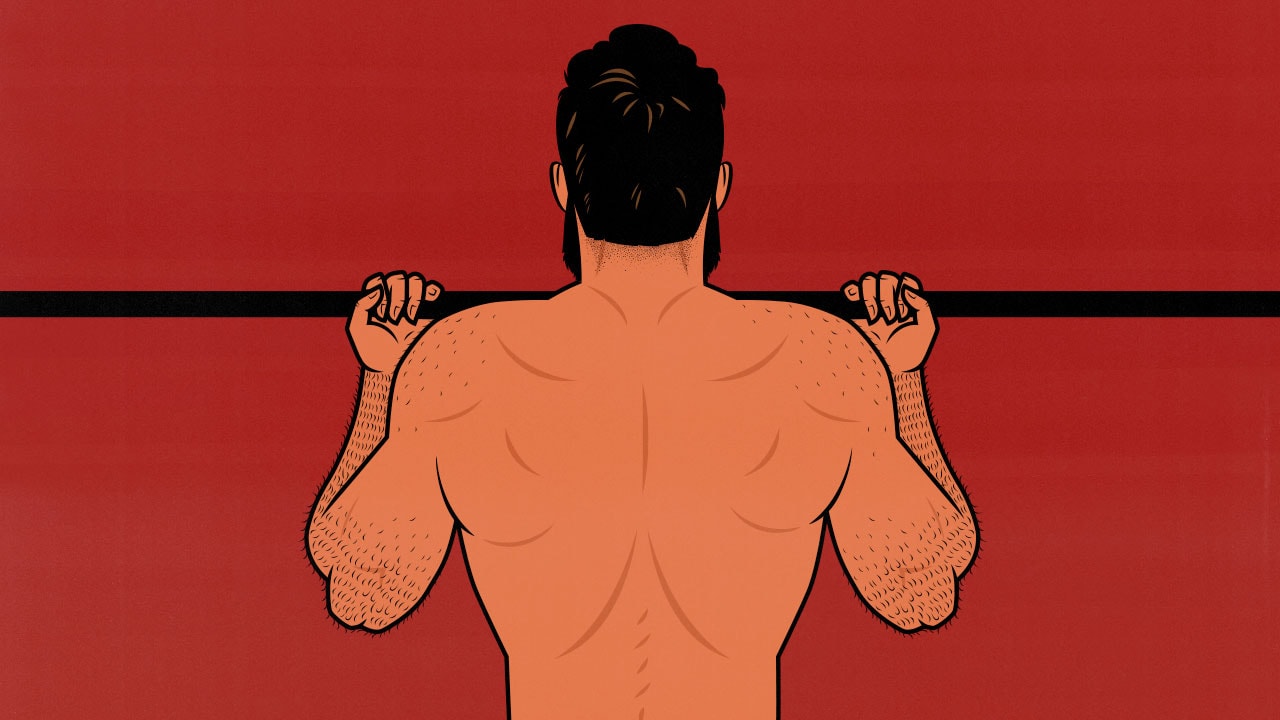Articles
The Best 6-Day Workout Split for Building Muscle
6-day workout splits can be remarkably good for building muscle. With so many training days to play with, you can take several different approaches, ranging from minimalism to total maximalism. You can get great results with 20-minute workouts. You could also lift for an hour every day, building a truly terrifying amount of muscle.
However, when you’re training this often, it’s easy to wear yourself out. You’re stressing your hands, postural muscles, and joints almost every day of the week. You need to be smart about it. Fortunately, there’s a long tradition of training 6 days per week. All the lumps have been hammered flat.
The two most popular 6-day workout splits are the push/pull/legs split and the upper/lower split. Both can be great for building muscle, but one makes for a better default, especially when done right.
Delve into the detailsHow Many Push-Ups Should You Do Per Day?
The number of push-ups you should do depends on how many you did last time. To get bigger, stronger, and fitter, you have to focus on progressive overload. You have to do more push-ups than last time.
For example, let’s say in your last workout, you got 13 push-ups in your first set, 11 in your second, and 9 in your third. That’s 33 push-ups. Today, your goal is to do 34 push-ups or more.
If you can do more push-ups than last time, that’s progressive overload. It’s by far the most important part of gaining muscle and strength. It proves you’ve gotten stronger, and it stimulates a new wave of growth. It’s both the sign and signal of muscle growth.
Here’s the catch: to have any hope of getting more push-ups than last time, you need to follow a sensible workout plan, eat a diet that supports muscle growth, and live a good lifestyle. Let’s delve into how to do that.
Delve into the details100 Push-Ups a Day? You Can Do Better
The 100 Push-ups a Day Challenge is when you do 100 push-ups every day, usually for 30 days in a row. The goal is to improve your strength and fitness, building a bigger upper body as you go. It’s an admirable challenge. It’s also controversial.
Muscles take 2–4 days to recover from a strenuous workout. It’s during those days of recovery that they grow bigger and stronger. You won’t gain more muscle and strength by doing push-ups every day. In fact, you may gain less.
On the other hand, repeating the same exercise every day is a great way to practice your form. It can be great for your health and fitness, too. But if that were your goal, you’d want to keep your workouts easier. That way, you aren’t accumulating muscle damage.
The final problem is that push-ups work your chest, shoulders, triceps, and a slew of postural muscles in your torso. That’s fantastic. Push-ups are one of the best muscle-building exercises. Still, that leaves 3/4 of your body untrained.
We can solve all these problems, creating a much better challenge.
Delve into the detailsHow Many Calories Does It Take To Build a Pound of Muscle?
A pound of muscle contains about 1,200 calories of stored energy (study, study). However, just like a mason spends energy laying stones, it also takes energy to construct that muscle, increasing the energy costs by another 500–1,000 calories. And so, overall, it takes about 2,000 calories to build a pound of muscle (study).
A mason can only lay so many stones in a day. Giving him more energy than he can use won’t help him lay those stones any faster. Instead, the extra calories will simply be saved for later. They’ll be stored as body fat. That begs the question: how many calories does it take to maximize your rate of muscle growth?
To answer that question, we have to consider the hardgainer issue. Some people have more aggressive metabolisms than others. It might take 2,000 calories to build a pound of muscle on average, but it varies from about 1,500 to 2,500 calories, depending on the person. We’ll delve into that, too.
Delve into the detailsWhy Aren’t You Losing Weight in a Calorie Deficit?
If you ask about why you aren’t losing weight in a calorie deficit, the common answer is: “Because you’re not in a calorie deficit. You need to eat fewer calories.” That’s not entirely wrong, and we’ll get into it, but it’s factually wrong.
You can maintain or even gain weight in a calorie deficit. In fact, there are several different ways this can happen, all of which make perfect scientific and logical sense. By shining light on these exceptions, we can fully illuminate the truth.
Delve into the detailsHow Many Calories Does Weight Lifting Burn? (With Calculator)
How many calories you burn while lifting weights depends on how much you weigh and how much lean mass you’re carrying. It also depends on how much weight you’re lifting, how long you’re resting, and how long your workout is. It quickly gets complicated.
Fortunately, we have Greg Nuckols, MA, who reviews muscle and strength research on his site, Stronger by Science. He figured out a simple heuristic for estimating how many calories a workout burns. I’ve built his formula into a simple calorie calculator you can use.
All we need to know is your weight, body-fat percentage, and the length of your workout.
Delve into the detailsThe Perfect Bro Split Workout Routine
The Bro Split is surprisingly controversial. Most guys assume it’s for casual lifters who never took the time to learn how to program a proper workout split. That’s not the case. 2/3rds of competitive bodybuilders use Bro Splits (study).
Well-designed Bro Splits can be incredibly good for building muscle, especially in your arms and shoulders. In this article, we’ll teach you how to do it right. We’ll talk about why it works, how to build your own Bro Split, and then give you a sample routine you can follow (and customize).
Delve into the detailsWhat Muscles Do Pull-Ups Work?
Pull-ups, often conflated with chin-ups, are a compound upper-back exercise. They’ll give you a wide back and thick arms—and we’ll talk about which back muscles they’re best for—but what makes pull-ups even more interesting is how they work muscles you never would have expected.
There are a few interesting things to cover:
- Which back muscles do pull-ups work?
- Are pull-ups good for building bigger biceps?
- Are pull-ups good for building bigger triceps?
- Why are pull-ups so famous for building bigger lower lats?
- How do pull-ups train your abs?
The Best Pull-Up Alternatives (for Building Muscle)
Pull-ups are one of the very best back exercises, rivalled only by chin-ups and deadlifts. The problem is not everyone can do them. Some people aren’t strong enough. Others don’t have a pull-up bar. Fortunately, there are near-perfect alternatives. You won’t miss out on anything.
Over the past twelve years, we’ve helped over ten million readers and over ten thousand clients bulk up their backs with or without pull-ups. They’re a great exercise, but you don’t need them.
Without further ado, let’s talk about what the pull-up does and how to replace it.
Delve into the detailsHow Many Calories Do You Need to Build Muscle?
To build muscle, you need extra calories. Those calories don’t always need to come from food. Many of us carry quite a lot of extra energy in our guts. If that’s you, you’ve got plenty. You can listen to your appetite, eat a comfortable amount of food, and stimulate muscle growth with your training. No problem.
If you’re thinner or leaner, you’ll need to get the extra calories from your diet. That means you’ll need to eat in a calorie surplus—you’ll need to bulk. The size of that surplus is up to you. If you eat 100 extra calories every day, you’ll build muscle slowly and leanly. If you eat 750 extra calories, you’ll build muscle faster, but you may also gain more fat. I’ll give you some options below.
Now, here’s where it gets tricky. To eat in a calorie surplus, you need to build on what you’re already eating. One approach is to take your current diet and increase the serving sizes or add snacks. Another approach is to count calories. Both methods work.
Delve into the details
